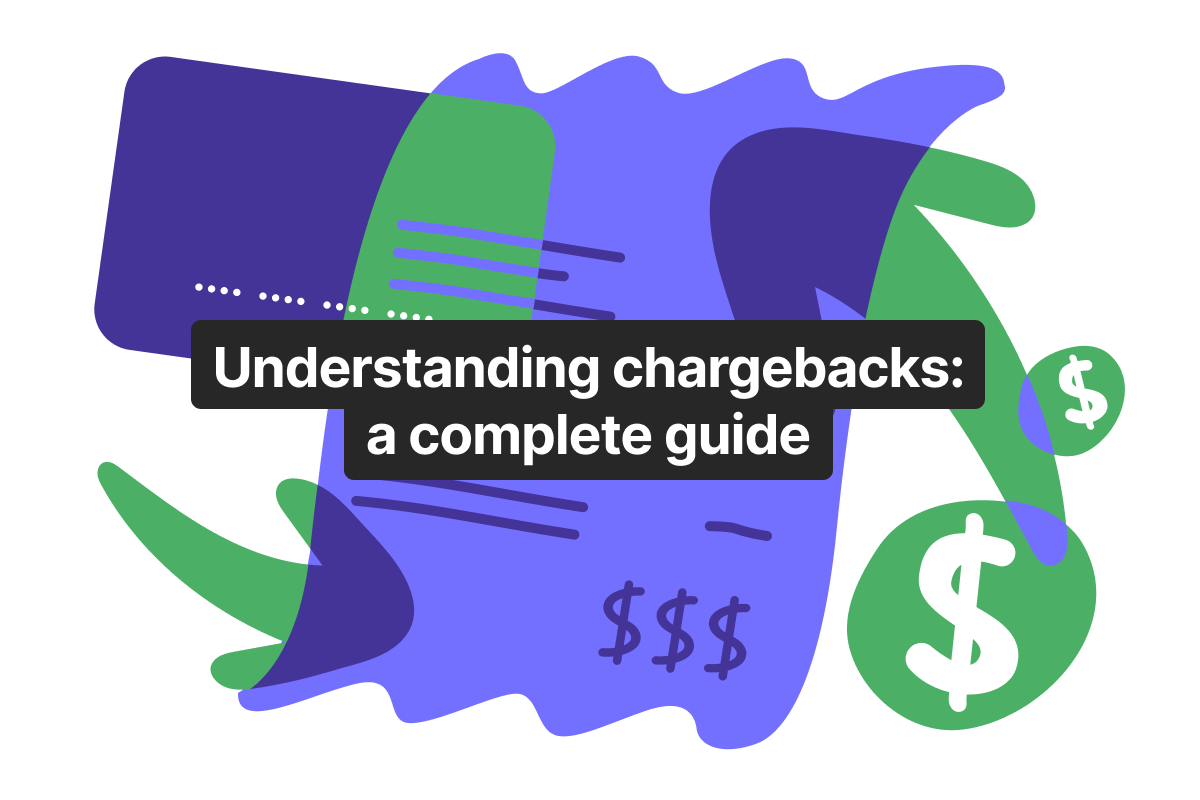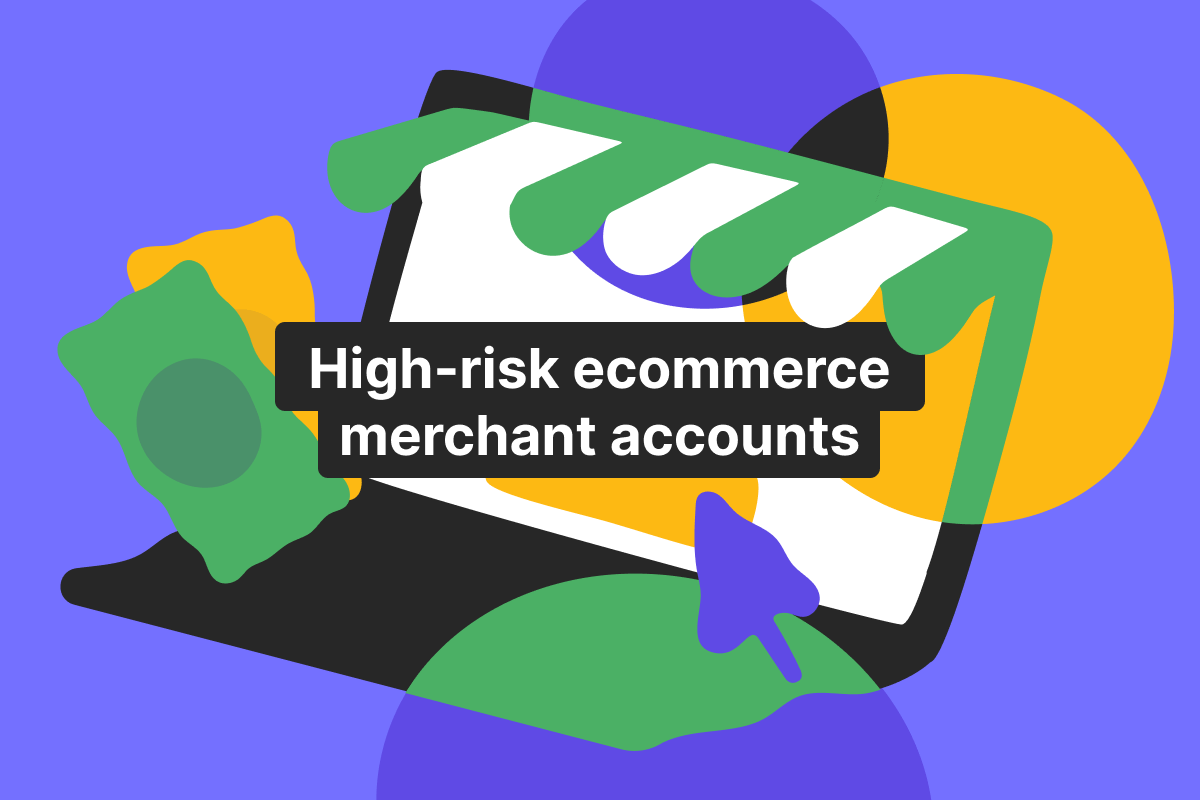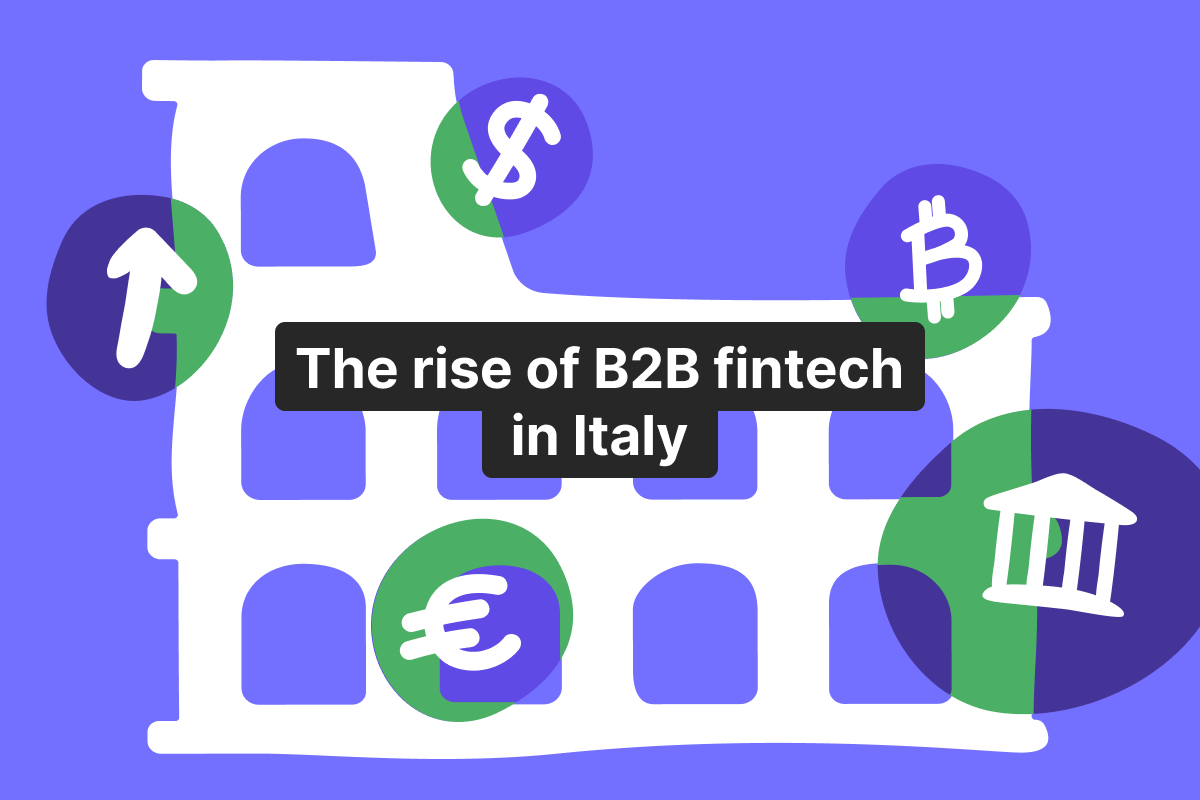“Chargeback” is a word any business doesn’t want to hear. Of course, chargeback is a necessary mechanism of the banking industry, but a large number of chargebacks can lead to devastating revenue losses and operational disruptions. Additionally, merchants face considerable financial burdens from chargebacks, including both the cost of refunding purchases and the associated fees. These fees can significantly add to the overall cost of chargebacks, often exceeding the value of the original transaction, thereby stressing the impact on the merchant’s bottom line. In today’s article, Genome’s team will explain how chargebacks occur and what the implications are for companies.
Introduction to chargebacks
Chargebacks are a crucial aspect of consumer protection and payment systems, allowing customers to dispute transactions and retrieve their funds in cases of unauthorized transactions, disputed charges, or other issues. The chargeback process involves reversing a payment, which can result in costs for the merchant. Understanding the chargeback process and how to manage chargebacks is essential for businesses to prevent revenue loss and maintain a positive reputation. In this section, we will delve into the world of chargebacks, exploring the chargeback process, common reasons for chargebacks, and strategies for preventing chargebacks.
What is a chargeback?
So, what is a chargeback? The term is specific to the finance industry, particularly in terms of credit and debit card purchases from stores and using e-commerce card payments.
A chargeback occurs when a cardholder (a customer who bought something from a business using a credit or a debit card) requests a return of funds via the bank to their credit or debit card. The refunded money is returned to the cardholder’s account. In other words, the cardholder disputes a bank account charge for different reasons.
For instance, if the merchandise was defective or there was a billing error, a customer can contact their bank and make a chargeback claim.
Open an account
in Genome online
Chargeback vs. refund
A refund is another way for a cardholder to get their money back. Although it sounds similar to a chargeback at first, a refund is a different process, resulting in the same outcome for a cardholder.
It is how a refund usually occurs: a cardholder has paid for a product using a debit or credit card. Later, they realize they want their money back for this purchase. As a result, they contact the business they’ve made a purchase from directly to ask for a refund without involving their bank or a credit/debit card provider. To better understand both processes, let’s review the key differences between a refund and a chargeback.
Points of comparison | Refund | Chargeback |
How the process starts | A client contacts a merchant directly and asks to return funds without involving a credit/debit card provider. | A client contacts their bank (issuing bank/card issuer) to request the money return for the purchase. It leads to chargeback claims. |
Reasons | Usually, a refund happens when a client isn’t satisfied with the product quality or made a mistake and ordered the wrong product or 2 products instead of one. Having a clear refund policy on the website can help to avoid chargebacks. | Chargebacks often occur when a customer finds out that somebody stole and used their card at a store. However, some not-so-honest customers can also use a chargeback claim as part of a scheme to have both a product and their money returned (friendly fraud). |
Revenue losses | A business just returns the customer’s money used during payment. | A company returns funds via chargeback to the cardholder’s account and also pays chargeback fees. The funds are credited back to the cardholder once the bank rules in their favor. |
The time the process takes | Usually, a refund is quite fast, taking up to a week or a few weeks – much faster than handling a dispute. | Because of the multiple processes taking place, a chargeback claim can take from a couple of weeks to several months. |
What happens to a product? | In some cases, customers can return the merchandise back to sellers. | A business cannot ask to return the product when a dispute takes place. |
Overall, a refund is preferable for companies than a chargeback. After all, excessive chargebacks can lead to financial losses, increased operational costs, and damage to their reputation with payment processors.
Commonly, it is suitable to make a chargeback claim if a merchant doesn’t have a refund policy or if fraud is committed with the customer’s card. In other cases, both the customer and the business can benefit more from a refund. It is quicker and more agreeable to get your money back this way, and of course, cheaper for the company.
How does a chargeback work?
A chargeback claim usually takes a while to be resolved. However, the full process can be divided into 4 clear stages:
A chargeback claim (chargeback initiation);
The investigation to determine if the chargeback is justified;
The decision, based on the investigation;
Notification to all parties of the investigation results.
Understanding the dispute process is crucial for handling chargebacks effectively. It involves several steps, from the initial claim to the final resolution, ensuring that both merchants and customers have a fair chance to present their case.
Let’s dive deeper into how chargebacks work by using an example. Let’s say that there’s a customer named Bob who has a good reason for a chargeback claim after he paid for a purchase. Here’s how the process will go:
Bob will contact his bank, the one that issued the credit card he used for the purchase, and ask the financial institution to check the transaction he wants to dispute.
The bank (the issuing bank, which is a card provider for Bob) will contact the merchant’s bank with a request to verify that the transaction was performed legitimately or that Bob has received the product or service he paid for. (The proof can be an invoice, receipt, POD, etc.)
After the issuing bank receives (or not, if it was a fraudulent transaction) the evidence from the company’s bank (aka acquiring bank, a debit or credit card provider), the cardholder’s bank will have to decide – whether the transaction was valid. The bank makes this decision based on the evidence provided.
If both banks agree that the transaction was valid, the bank will contact and inform Bob about the evidence provided and the decision that was made, and he has to pay for the service/product. If Bob doesn’t agree with the proof, he can continue the dispute and begin the arbitration. If both banks agree that the transaction isn’t valid, Bob will receive his money back. If the banks don’t come to an agreement, they start the arbitration process.
Arbitration is the final stage, where the card issuing company (Visa, Mastercard, etc.) makes the ultimate decision on whether the transaction is valid. This process brings a definitive end to the dispute, providing closure to all parties involved. Note: Usually, the chargeback issues are solved by banks on their own. The arbitration process can cause banks to lose time, fees, and penalties.
As for timeframes for filing a chargeback claim, they vary. For instance, Visa allows a chargeback claim to be made within 120 days after a customer buys a product or service from a business. As a rule, the deadline will be between 90 and 120 days, based on chargeback reasons.
Reasons for initiating a chargeback process
There is more than one reason for a chargeback claim. Let’s take a look at some of the most common reasons why you, as a customer, may want to get your money back.
Fraudulent transactions. This reason comes first, as fraud is still the number one danger in online payments. The cardholders contact their bank and claim that they didn’t buy/order anything from the merchant and didn’t make any transactions, leading to a disputed charge.
Failed subscription cancellation. As merchants automatically renew subscriptions after the expiration date, cardholders are likely to forget to cancel the subscription.
A customer isn’t satisfied with the service (product). It can happen if a business does not have a clear description (explanation) about the service and what the customer will receive after the payment. The other reason is the discrepancy between the expected and real service or a faulty item.
Problems with the transaction. During the payment, an error occurred, or a customer paid the wrong amount.
Currency exchange issues. This problem may occur if a customer pays in a different currency to their national and exchange rates differ from the ones shown on the company’s website.
Authorization issues may occur when the website where the payments take place doesn’t have proper security procedures and protocols and valid authorization is not performed.
Friendly fraud. It is a type of fraudulent activity that is opposite to the traditional one. In this case, the customer is attempting to obtain a refund after receiving the service (product) and claims that the transaction was made fraudulently. In reality, they are lying and just want to have both the product and funds.
Credit card chargeback
In many countries, national legislation provides better consumer protection when the consumer pays with a credit card. The reason is to prevent a double loss both to the client and a credit owner – the bank.
Card brands impose specific requirements for compelling evidence in chargeback disputes. Understanding these requirements is crucial for merchants to effectively fight invalid chargebacks, which may arise due to misunderstandings of the card brands’ regulations or consumer fraud.
For example, the American Fair Credit Billing Act (FCBA) grants consumers the right to dispute unauthorized charges and errors on their credit card account statement in case of a credit card chargeback. Additionally, a credit card provider/credit card company can often offer supplementary protections, such as zero-liability policies for fraudulent transactions.
Open an account
in Genome online
Chargeback on debit cards
Debit card chargeback processes may fall under regulations and laws compared to credit card chargebacks. Liability for unauthorized transactions on a debit card may vary, potentially exposing consumers to greater financial risk. For instance, under the EU’s PSD2 regulation, if strong customer authentication (SCA) is properly applied, the liability may shift away from the merchant to the issuer or the card network.
Timelines for disputing transactions and initiating a debit card chargeback may differ between credit and debit card transactions, with debit card owners having less time to file a chargeback claim after clients paid for a product. Additionally, with debit card transactions, funds may be immediately debited from the consumer’s account once the payment is processed, potentially causing financial strain until the dispute is resolved.
Implications of chargebacks for merchants and consumers
A chargeback process is necessary in the financial industry to ensure fair treatment of customers. However, too many chargeback disputes can lead to severe issues for businesses.
So, how many chargebacks are allowed? Card association companies set specific chargeback thresholds that companies must not cross. Usually, a low-risk business cannot have more than 100 chargebacks per month. If the chargeback threshold is crossed, there are negative consequences for the company:
First and foremost, a business can fall under the risk of its account being terminated and encountering reputational losses in case of a dispute.
If the company’s monthly level of chargebacks exceeds the threshold, the business will have to pay excessive fines and fees.
In some cases, when the merchant’s account is terminated, the acquiring bank may place the business on the Member Alert To Control High-risk merchants list (a.k.a MATCH list). It can have serious implications for the business’s reputation, as it will be unable to open a new merchant account until it is removed from this list.
If the acquiring bank decides not to terminate the account, they will probably force the merchant to get a high-risk account, which implies higher service fees.
Chargebacks not only result in lost revenue from refunded transactions but also involve additional fees paid to card processors, further impacting merchants’ profitability.
Issuing bank role
The issuing bank plays a vital role in the chargeback process, as they are responsible for ordering the chargeback and reversing the payment. The issuing bank will review the dispute documents and make a decision based on the evidence provided. If the chargeback is approved, the issuing bank will credit the cardholder’s account, and the merchant will be debited for the disputed amount. The issuing bank’s decision is final, and merchants must accept the outcome. It is essential for merchants to understand the issuing bank’s role in the chargeback process and to work closely with them to resolve disputes efficiently.
Merchant responsibilities
Merchants have several responsibilities when it comes to chargebacks, including providing excellent customer service, responding to disputes promptly, and submitting compelling evidence to support their claim. Merchants must also ensure that they are complying with the payment card industry’s (PCI) regulations and guidelines. By taking a proactive approach to chargeback management, merchants can reduce the risk of chargebacks, prevent revenue loss, and maintain a positive reputation. In this section, we will explore the merchant’s responsibilities in more detail, including how to prevent chargebacks, respond to disputes, and submit dispute documents.
Preventing chargebacks
Chargebacks are inevitable, but there are ways for companies to reduce them. Here’s a couple of tips:
Ensure your website is fully compliant with all security requirements, providing a safe and secure environment for all transactions to prevent disputes.
Offer multi-currency payments on your website.
Provide comprehensive customer support to your customers so that they can contact you 24/7. Respond promptly when your customers have questions or concerns about transactions and any related issues.
Provide clear information about your company and the services/products provided on your website.
Display the prices on your website, including all applicable fees (such as delivery).
Make sure your refund policy is shown on your website, and customers can find it easily instead of dealing with a dispute.
Subscription: notify your customers in advance about the expiring subscription date and that you will extend it. Your clients need to be notified and have time to cancel it if they want to.
Proactive measures can help stop chargebacks before they occur. Maintaining a low level of chargebacks and fraud activity is crucial for merchants not only to keep a good relationship with their customers but also to correspond to the rules set by banks and card associations.
As for customers, they can avoid chargeback claims caused by fraud if they follow security measures, especially those related to card-not-present fraud.
Chargeback management
Effective chargeback management is critical for businesses to minimize revenue loss and maintain a positive reputation. Chargeback management involves understanding the chargeback process, identifying the root causes of chargebacks, and implementing strategies to prevent chargebacks. Merchants can use various tools and techniques to manage chargebacks, including chargeback alerts, dispute resolution services, and analytics software. By monitoring chargeback rates and responding promptly to disputes, merchants can reduce the risk of chargebacks and prevent revenue loss. In this section, we will provide a detailed guide on chargeback management, including tips and strategies for preventing chargebacks, responding to disputes, and submitting compelling evidence.
Handling a chargeback claim
The best course scenario for companies and consumers that become a part of a chargeback process is to resolve the issue on good terms. They need to dispute a chargeback by evaluating its legitimacy and taking action to either contest or acknowledge it based on the investigation results. This process can be time-consuming due to the complexity and labor-intensive nature of managing chargebacks, which involves numerous detailed and error-prone tasks.
If negotiation fails, the arbitration process will commence, where a neutral third party will help find a resolution.
To keep the level of chargebacks low, businesses need to partner with payment service providers that offer additional security solutions at a reasonable cost. For instance, Genome***** electronic money institution complies with all major regulations for the protection of clients’ money and data and follows international security standards. We offer anti-fraud security tools for businesses that want to accept payments from clients across Europe.
*Please note that Genome’s merchant services have been temporarily unavailable since September 2024.
Genome also has multiple other financial tools to take your company to a whole new level. With us, you can:
Make large-scale customer-to-business (C2B) and business-to-customer (B2C) transactions using our batch transfers feature.
Send SEPA Instant Transfers within seconds and unlock access to international money transfers via SWIFT.
Issue hundreds of virtual Visa debit cards or order physical Visa Business cards for all your business expenses.
Start multi-currency accounts and store money in 12 currencies: EUR, USD, GBP, PLN, CHF, JPY, CAD, CZK, HUF, SEK, AUD, and DKK.
And so much more!
Open an account
in Genome online
Chargebacks: key takeaways
While chargeback processes serve to protect consumers, exceeding specified thresholds can severely impact businesses. The bad news is that despite positive trends in chargeback disputes, chargebacks remain a significant issue with substantial financial implications for e-commerce businesses. The risk of high charges, account termination, and reputational damage looms large for companies that sell products online. Thus, it’s crucial for them to actively manage chargebacks, addressing underlying issues to maintain financial stability and a positive reputation within the industry.
FAQ
Can a chargeback be reversed?
Yes, a chargeback can be reversed if a business can provide evidence that confirms that the client paid and received their product (using a tracking number), its quality, and the validity of debit/credit card transactions. However, it depends on various factors, such as the reason for the chargeback, evidence provided by both parties and the policies of a card provider or payment processor involved.
What are the time limits for filing a chargeback?
The time limit for filing a chargeback claim depends on the card brand. Generally, the deadline will be between 90 and 120 days, depending on the country and the code used for the chargeback reasons. More information on chargeback/dispute timeframes can also be dislocated on the card provider’s website.
Are there any charges for initiating a chargeback?
In most cases, customers don’t have to face any fees to initiate a payment dispute. Meanwhile, the cost of a dispute is higher for merchants. Companies usually have to pay fees associated with chargebacks, such as chargeback processing fees and potential fines if chargeback thresholds are exceeded.
Can chargebacks be issued for international transactions?
Yes, and the process will go the same way as when a customer disputes a domestic purchase.






